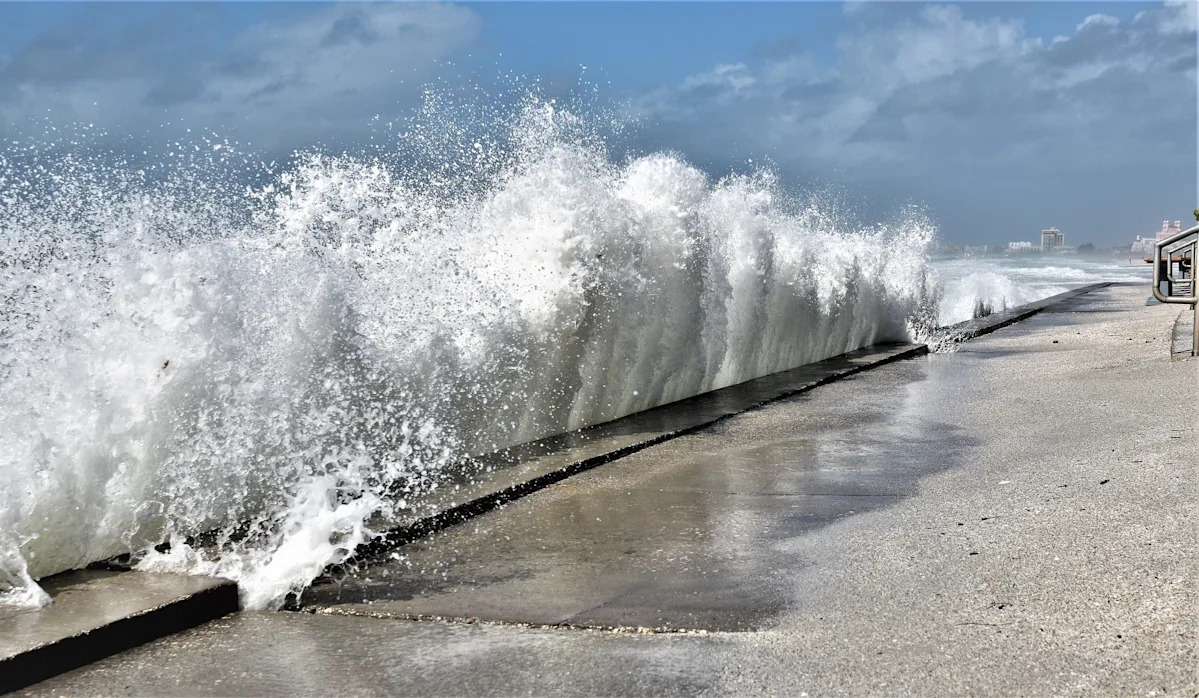Home / Weather / Supermoon and King Tide Threaten Coastal Flooding in Southeast US
Supermoon and King Tide Threaten Coastal Flooding in Southeast US
6 Oct
Summary
- Exceptionally high 'king tides' expected along Southeast US coast
- Perigean full moon on Oct 6 will cause higher than normal high tides
- Coastal flooding likely in low-lying areas from Florida to North Carolina

As of October 6, 2025, a perigean full moon is set to combine with 'king tides' to bring dangerous coastal flooding to the Southeast United States. According to meteorologists, the full moon occurring on October 6 will be at its closest point to Earth, causing higher than normal high tides along the coast.
This 'supermoon' effect, coupled with the natural phenomenon of 'king tides', is expected to lead to disruptive flooding in low-lying coastal areas from Florida to North Carolina. The National Weather Service has warned that some locations along the Southeast coast will experience their highest tides of the year, with the potential to exceed flood thresholds.
Coastal communities in areas like Miami Beach, Charleston, Myrtle Beach, and Savannah are particularly at risk of inundation during the high tide cycles on October 6 and 7. Meteorologists advise residents to prepare for minor to moderate tidal flooding in these vulnerable regions over the next few days.




